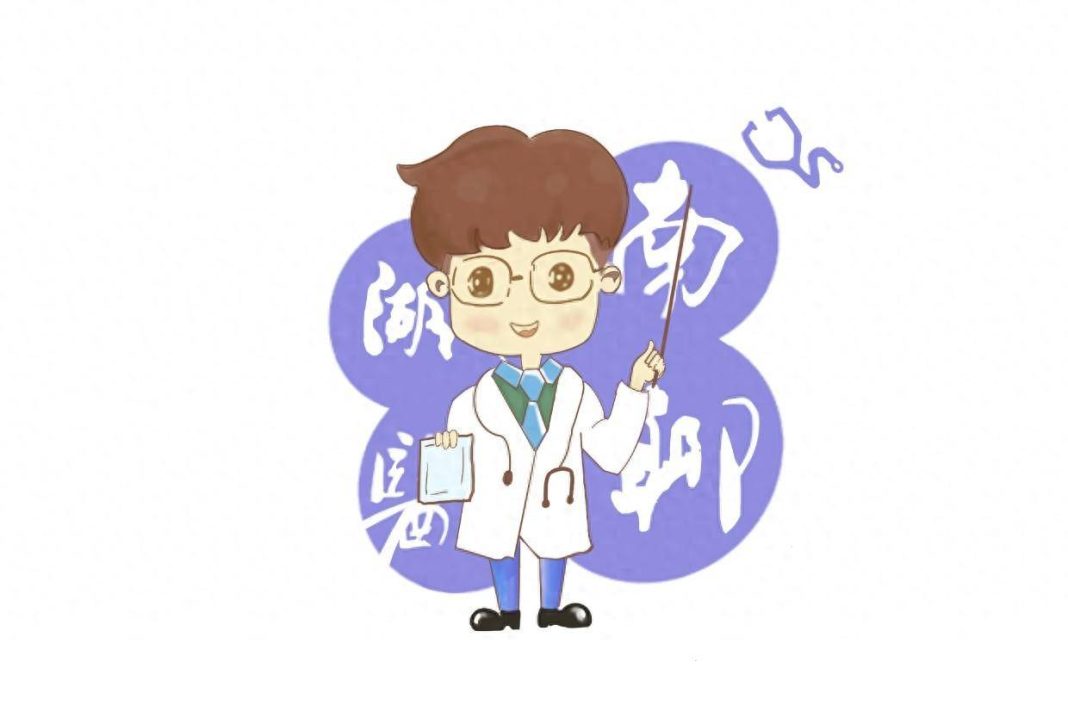“My husband used to have a great personality, but since he had a stroke, he has become strange, very ’emotional,’ suddenly losing his temper, sometimes yelling at me, or just staying silent with a frown, completely like a different person.” Recently, at the neurology department of Hunan Province Second People’s Hospital, family member Ms. Liu was sharing her grievances with the head nurse, Jiang Ting, during the rounds.
As a brain and heart health manager, Jiang Ting was educating Ms. Liu about this “uninvited guest” – post-stroke anxiety and depression comorbidity.
Stroke is the second leading cause of death globally, characterized by a high disability rate, high recurrence rate, high mortality rate, substantial economic burden, and various complications. Common complications of stroke include speech impairment, hemiplegia, and swallowing difficulties, significantly reducing patients’ quality of life and increasing the family burden.
Post-stroke depression and anxiety are the most common yet often overlooked complications in clinical settings. Reports indicate that the incidence of post-stroke anxiety and depression comorbidity among stroke patients ranges from 20% to 50%. Younger and female stroke patients are more susceptible. The more severe the stroke, the higher the incidence of post-stroke anxiety and depression comorbidity.
1. What are the causes?
Post-stroke anxiety and depression are not merely feelings of sadness; they represent complex mental disorders. There is a certain correlation with the location of the stroke, as well as associations with biological, psychological, and social factors. The impaired neurological function due to the stroke affects emotional regulation, reduces daily living abilities, alters social status, intensifies anxiety about future life, and disturbs both physiological and psychological balance.
2. What are the manifestations?
Post-stroke anxiety and depression fall under the category of post-stroke emotional disorders. The comorbidity of post-stroke anxiety and depression features the coexistence of anxiety disorders and depressive disorders, specifically manifested as: fatigue, changes in appetite, insomnia, pain, excessive worry, decreased or lost interest, palpitations, reduced energy or easy fatigue, feeling like life is dragging on endlessly, hopelessness, and a sense of living worse than death, with severe cases having self-harm or suicidal tendencies. If not treated in a timely manner, it may affect the patients’ ability to return to society and their neurological recovery.
3. How to cope?
1. Psychological intervention: Professional assessment by doctors and psychotherapists can employ tools like the Hamilton Anxiety Scale and the Hamilton Depression Scale for auxiliary diagnosis, utilizing psychological counseling, cognitive therapy, behavioral therapy, mindfulness therapy, family therapy, etc., to help patients transform negative thinking patterns and build confidence.
2. Lifestyle intervention: Adopting a balanced mindset, healthy diet, improving sleep, practicing meditation, yoga, deep breathing, etc. Properly controlling blood pressure, blood lipids, blood sugar, and avoiding smoking and alcohol can help prevent stroke recurrence.
3. Medication treatment: Under medical guidance, using antidepressants and anxiolytics to improve mood. To prevent recurrence, medication should be maintained for at least 4 to 6 months after symptom relief. Seek psychiatric evaluation if there is no significant symptom improvement.
4. Social support: Actively seeking social support, having family and friends provide care, support, and encouragement to stroke patients, rebuild social connections, enhance patients’ self-esteem, and reintegrate into society.
5. Traditional Chinese medicine: This falls under the category of emotion-related illnesses in traditional Chinese medicine, with the underlying condition being blood stasis and obstruction, along with damage to the spirit. After diagnostics by a Chinese medicine practitioner, treatments may include acupuncture, music therapy, herbal remedies, and combined emotional care using traditional Chinese approaches to alleviate anxiety and depression in stroke patients and promote neurological recovery.
6. Exercise therapy: Rehabilitation training promotes functional recovery, using traditional exercises like the Eight Pieces of Brocade, Five Animal Frolics, Tai Chi, and Yijinjing to enhance the nervous system’s regulatory abilities, helping to restore patients’ confidence.
Director Huang Xiaosong of the neurology department at Hunan Province Second People’s Hospital reminds us that post-stroke anxiety and depression comorbidity is not to be taken lightly; it is a significant challenge faced by stroke patients. Awareness should be raised, with early prevention and treatment to improve depressive and anxious symptoms, employing individualized and comprehensive treatments to help stroke patients emerge from the gloom, enhance their daily living abilities, and recover sooner.
Hunan Medical Chat special contributor: Hunan Province Second People’s Hospital, Neurology Department, Zhu E, Dai Jinjun, Xiao Ming
Follow @Hunan Medical Chat for more health science information!
(Editor YH)


